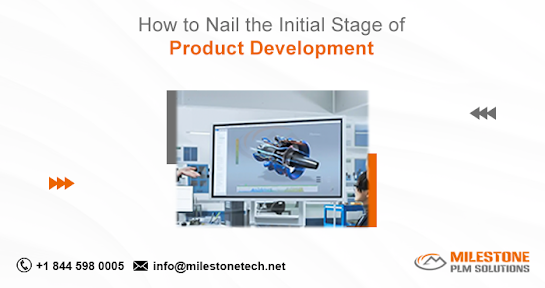OEM vs. ODM: Understanding the Key Differences for Your Business Strategy

In the fast-paced world of manufacturing and product development, businesses often face a crucial decision: whether to partner with an Original Equipment Manufacturer (OEM) or an Original Design Manufacturer (ODM) . Both options can significantly impact your product’s development, cost structure, and market positioning. Understanding the key differences between OEM and ODM is essential for formulating a sound business strategy that aligns with your goals and resources. This blog will explore OEM vs. ODM, outlining their characteristics, advantages, and the best scenarios for each. Defining OEM and ODM OEM (Original Equipment Manufacturer): An OEM is a company that manufactures products or components for other companies, which then sell these products under their own brand name. OEMs work according to the specifications and designs provided by their clients, ensuring that the products meet the required quality and standards. The primary focus of an OEM partnership is on production...












